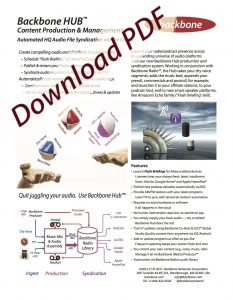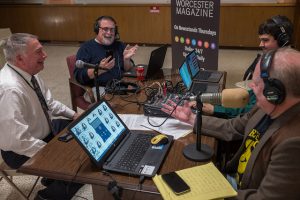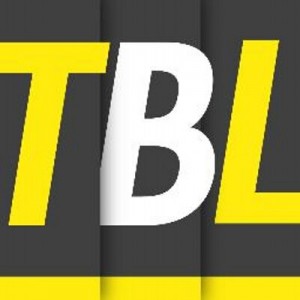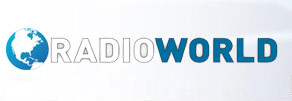Our thanks to The Broadcast Bridge for reporting on the role Backbone is playing in today’s “broadcast from anywhere” world. At Backbone, we have quietly focused on building the fully virtualized radio station in our highly reliable cloud, from automation and production 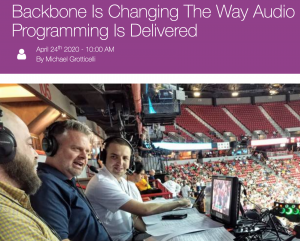 communications, to streaming and syndication. Recent events are now spotlighting the importance of agility and geographically distributed, collaborative broadcasts, Backbone’s core strength.
communications, to streaming and syndication. Recent events are now spotlighting the importance of agility and geographically distributed, collaborative broadcasts, Backbone’s core strength.
In olden times, you would need a lot of expensive hardware, plus an IT guru, to pull together a highly distributed audio broadcast. When you wanted to include multiple cohosts and roving reporters in studio quality, the IT issues could get tricky, involving port assignments and routing, not to mention the hardware management issues and equipment cost. Add phones to that, with PBXs and hybrids, and the problems compound exponentially with the complexity of the broadcast.
With Backbone in the cloud, all you need is a Mac laptop, a portable USB mixer, a couple of mics and headsets, all situated wherever you call your main studio(s). Your call screener and/or producer can be local or in another city, with a separate Mac. Then, you only need a smartphone (or tablet or laptop) for each of your remote contributors and collaborators, thanks to the free, downloadable LUCI Global app for iOS, Android, Mac, and Windows. All the calls and remotes are mixed in the cloud and managed by your producer, screener, or primary host.
Even though there are plenty of powerful features built into this integrated suite of services, it’s incredibly easy and intuitive to use. Please contact us when you would like to take it for a 30-day test drive.

